|
I wear a mask because it is mandated (in this case in public transport), but not because I am convinced it is necessary. I wear it because I don't feel like arguing with law enforcement or self-appointed blockwarts about it. Why do I think it is not necessary? Lets see: this mask does not protect me from infection, and I hope everyone knows this. It is supposed to protect others from catching the virus from me. In my case, illogical: I am by age and precondition in the high risk group. Should I be infected (i.e. contagious to others) I would not be here, sitting in the S-Bahn, apparently healthy, but I would most likely be lying in a hospital bed or maybe even in the ICU.
Now the Austrian Government and their esteemed scientific advisers in their deep and unassailable wisdom had declared that face shields do not qualify as MNS (mouth-nose protection) because there are gaps, and that said MNS have to be reasonably tight fitting. But as I said above, they do nothing to protect me. What would protect me would be the equivalent of a N95 mask (or better, see link below), and because of my breathing problems due to my precondition, I need one with an exhale valve. I am thinking of getting one. The "regulations" did not even mention those, just face shields. And I see more of them now also on public transport, supermarkets and wherever masks are legally required. Now understand this - the regulations talk about masks, but there is a difference between a mask and a respirator. Perhaps the Government, and its Experts (using the term rather loosely), would need a refresher course. Furthermore, most workplace health and safety regulations require that masks should not be worn for more than 2 hours straight. A free breathing pause should be made for ideally half hour. So what about a train ride from Vienna to Bregenz, for example, that takes 9 hours, or a flight between Vienna and Calgary that takes 12 hours? You must wear a mask for the entire time! Before anyone interjects with "what about operating room personnel that operate for hours on end" there is an answer also: they wear surgical masks that are not tight fitting, and the operating room has enhanced air circulation with oxygen enrichment. But let us assume you are symptomatic: The normal way of getting rid of intruders from your airways is through sneezing and coughing. In this case, a virus load. You also expel viruses by simply breathing out (hence the mask requirement). But instead of getting rid of them, they hang in the mask and you then breathe them back in. So you are sort of re-infecting yourself, increasing your virus load more. This could be a problem for people who are already infected, making the infection worse. Now think about old people in nursing homes who are made to wear mask. I used to teach respirator protocol and safety - this here is a good guide:
Masks vs Respirators
Before we go any further, let’s just clarify on a technical difference between a “mask” and a “respirator”. In day to day language we often say mask, when referring to what are technically called respirators.
In my estimation, the best resource about the subject, there is a lot of very good information and relevant links on that site, so click here or else the image above to read more.
Image by Avi Chomotovski from Pixabay
Domestic abuse and mental ill-health: twin shadow pandemics stalk the second wave
The coronavirus crisis has been stalked by two shadow pandemics – one of domestic abuse and one of mental health. Since the first outbreak of the virus, numerous reports have highlighted a marked increase in forms of domestic violence and abuse, especially intimate partner violence and domestic homicide. The pandemic has also been linked to rising rates of mental health issues around the world. These two phenomena are intrinsically linked: research shows there is a strong association between mental ill-health and domestic abuse. This raises significant concerns as a second wave of the pandemic crashes upon us. Cities, regions and whole countries are going back into lockdown – a measure that has previously been reported to have increased rates of both domestic violence and mental health problems. This time around, we need to be better prepared to support victims and survivors. Lockdowns exacerbate domestic abuseUN Secretary General Antonio Guterres has described the rise in domestic violence in 2020 as a “horrifying global surge”. Evidence compiled by UN Women from the UK, the United States, France, Australia, Cyprus, Singapore, Argentina, Canada, Germany, and Spain shows a rise in demand for access to women’s refuges and other support services this year. The UK charity Refuge reported a 700% increase in calls during a single day in April and by June calls had risen by 800% compared with pre-lockdown figures. The charity also reported a 300% increase in visits to its National Domestic Abuse Helpline website and a 950% rise in visits to their website. Read more: Domestic violence shadow pandemic has not gone away after lockdown It is likely that these statistics reflect a glimpse of the overall picture given the known difficulties of reporting abuse, which are now intensified for households where the perpetrator is more frequently or consistently at home due to COVID-19 measures. The incidence and prevalence of domestic violence does tend to increase during any stressful event or emergency, whether it is a natural disaster, or whether it is man-made. The surge in domestic violence has not just been associated with instructions to stay home, but also linked to the economic and social stresses on households that have resulted from this pandemic. These include the growth in unemployment, uncertainty around furloughing and job security and the effects of social isolation. The toll on mental healthThe results of COVID-19 measures on mental ill-health have been widely covered with concerns that further mental health devastation is imminent as we face a second wave. Infection control measures such as social distancing and shielding lead to a higher risk of mental health problems such as anxiety, fear and sleep disturbances for general populations and can aggravate symptoms for people living with existing mental health conditions. Research shows women who experience abuse from their partner are three times more likely to suffer depression, anxiety or severe conditions such as schizophrenia or bipolar disorder. Whether these are new or pre-existing problems, this impact is likely to be severe and long-lasting, resulting in more demands placed on already overburdened mental health systems. The conditions associated with the pandemic have presented heightened risks and barriers to those who want to seek help. People’s means and opportunity to contact services may be restricted and access to support networks might be limited or wholly unreachable. Those with existing mental health conditions might have limited access or difficulty accessing medication or therapy which, in turn, exacerbates mental ill-health. This can trigger self-harm, substance use or suicidal ideation. Every day in the UK, almost 30 women attempt suicide and every week three women take their own lives to escape domestic abuse. Taking on two problems at onceAs we are now at the onset of a second wave of the pandemic, it is likely we’ll see another surge in domestic abuse and its associated negative impacts on mental health. Obstacles to accessing support will continue and perhaps multiply during further lockdowns and services will remain frustrated by persistent underfunding and deficient resources in the face of greater demands. Two already overburdened systems risk becoming even more frayed at the edges in the months to come. To respond to the severe, long-lasting impacts of domestic abuse and mental ill-health following COVID-19, governments should invest in evidence-based research and mainstream interventions that target the connections between the two phenomena. This includes screening for both domestic abuse and mental health problems by practitioners across both sectors, providing online interventions and safety planning. Governments should also encourage different services to work together, through more substantial funding and a policy response which recognises and responds to these overlapping issues. COVID-19 will not be the last emergency we face with the potential to increase rates of domestic abuse and mental ill-health. We should use the lessons we have learned from this pandemic to prepare ourselves to better respond to other crises in future. These lessons can also help us understand the impact of emergencies on those experiencing domestic violence and mental-ill health at the same time. If you are experiencing domestic violence or abuse, help is available from the following organisations and services: Refuge – 0808 2000 237 If you need urgent help in the UK and are worried about being overheard, you can dial 999, then 55 to indicate that you cannot speak. The police will be able to assist you. For mental health support you can call the Samaritans 24-hour helpline on 116 123 or go to their website. Michaela Rogers, Senior Lecturer in Social Work, University of Sheffield and Parveen Azam Ali, Senior Lecturer, School of Nursing and Midwifery, University of Sheffield This article is republished from The Conversation under a Creative Commons license. Read the original article.
Please note:
as of may 1st 2023 the AOW Marketplace, and with it, my store, has been closed. For more information please check my page: www.artofthemystic.com/aow-fashion.html
CORONA VIRUS ALERT:
if you need to wear a mask, it might as well be stylish - at my AOW shop you find many models in my facemask collection. Scroll down for examples, description and sizing.
A few examples of my masks are shown here, but there are many more designs found on my
AOW Mask Collection Page Custom printed Cotton Sateen Face Coverings
Keep up with our changing world with 100% cotton custom printed face coverings! Complete with a stainless steel nose piece, filter pocket and soft fabric elastics, these 200 thread count cotton sateen face coverings are here to give you a little more peace of mind. Printed with permanent reactive inks, you can feel confident washing them over and over without fear of fading. Stay safe and stylish with custom printed cut and sew face coverings.
Superior quality, competitively priced at US$ 16.- Filter inserts available at US$ 2.- for a pack of two. 
It’s important that your face covering fits as snug as possible to your face. Take some time to do the following measurements before you order. Don’t assume that your face size is similar to your clothing size! Face shapes can vary significantly from person to person. • Measure from the beginning of one ear, over the tip of your nose, to the start of your other ear.
Sizes for Cotton Sateen Face Coverings
Custom printed Double Knit Face Coverings
Add some flair to our new normal with custom printed double knit face coverings! These super vibrant face coverings are made of a light weight, double knit polyester, making them easy to breathe, move, and even exercise in. Precision cut edges and plenty of stretch provide comfort for all day use. Whether you’re going to the grocery store, the gym, the office, or wherever else you choose to social distance, these double knit face coverings will keep you safe, comfortable and stylish.
For the very reasonable price of US$ 8.50 maybe get several - perhaps find matching apparel as well?
double knit face coverings modelled by my artist friend Liba WS

It’s important that your face covering fits as snug as possible to your face. Take some time to do the following measurements before you order. Don’t assume that your face size is similar to your clothing size! Face shapes can vary significantly from person to person. • Measure from the beginning of one ear, over the tip of your nose, to the start of your other ear.
Sizes for Double Knit Face Coverings
On the right sidebar you may see similar merchandise advertised that I have in my Zazzle Stores, and also in my RageOn Store where masks are available. Both of these Stores are US based. |
OTTO RAPPThis blog is primarily art related - for my photography please go to Archives
April 2024
Categories
All
|


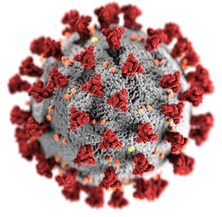






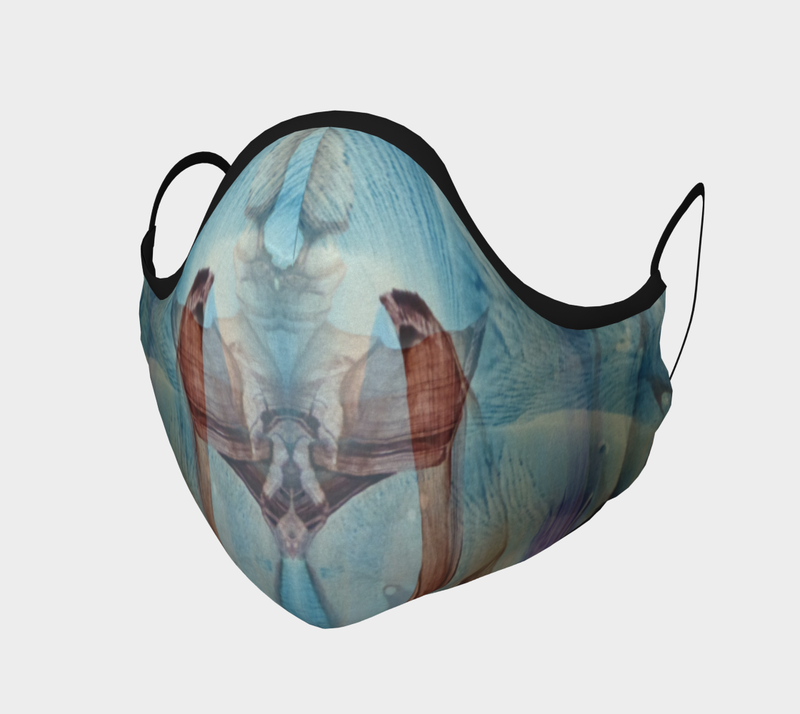



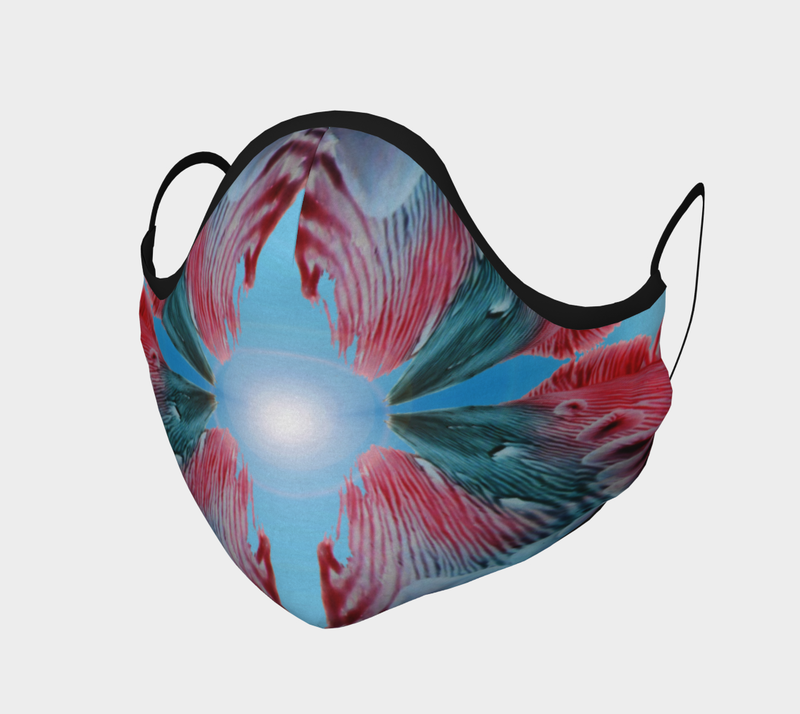



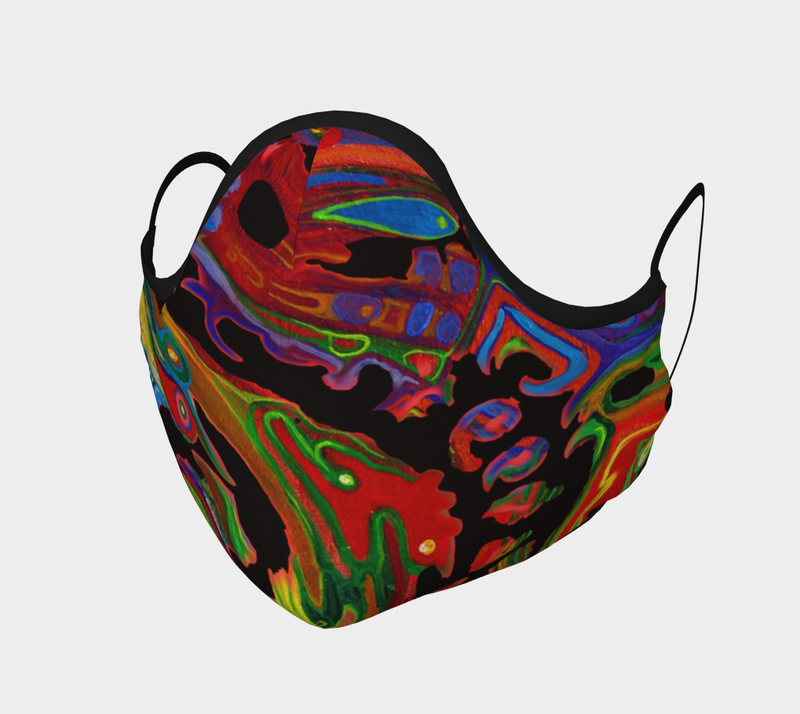


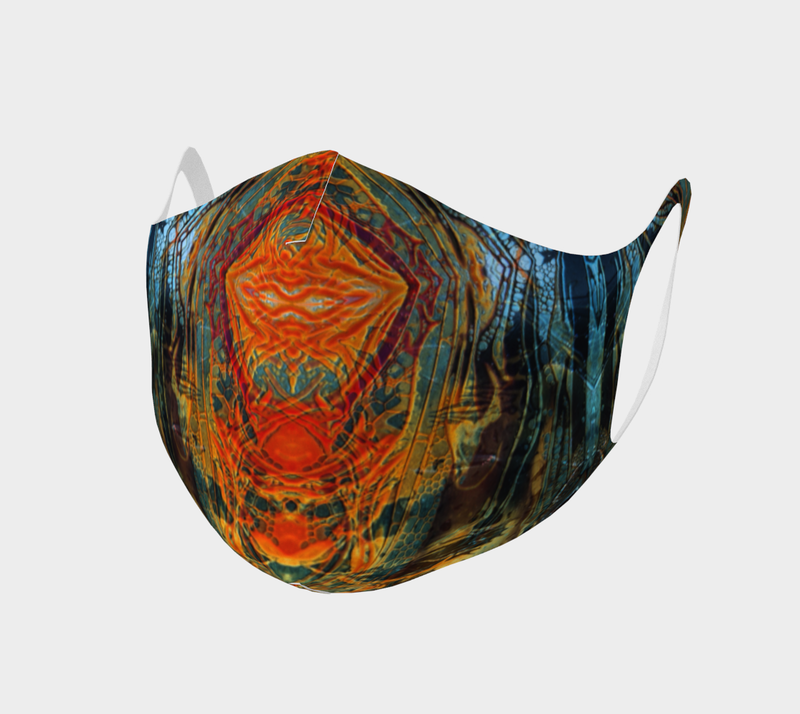


















 RSS Feed
RSS Feed



















































